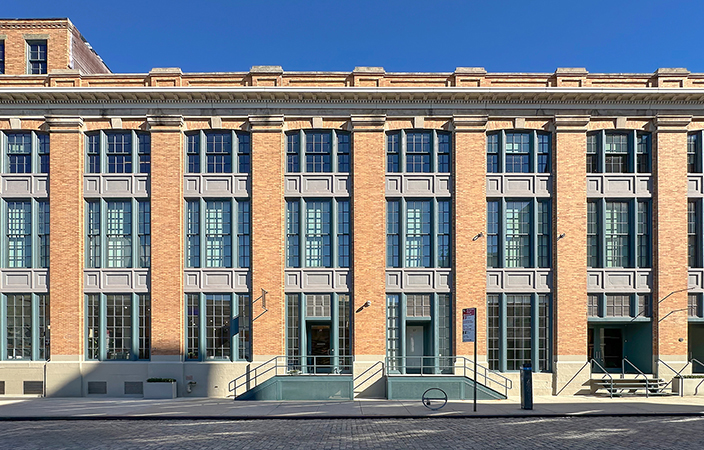Post-pandemic future of the U.S. hotel industry - by Vikash Jha

Synzen
Ventures
Over the last six months, since COVID-19 induced a gigantic shock to the overall economy, particularly to the hotel industry, expert assessments and speculations on recovery have ranged from a catastrophic short-selling of distressed assets to a gradual multi-year recovery to a sharp V-shaped recovery. The true projection however, may somewhat be segment-specific and driven by multiple extraneous economic and behavioral factors.
Since end-March 2020, the U.S. hotel industry has seen near zero to early teens occupancy rates in the most hard hit markets. These rates have been in twenties through early forties elsewhere since Mid-June. This demand decline has been witnessed across all hotel segments– budget and value, inns and B&Bs, mid-range leisure and business, boutiques and independents, beach and vacation resorts, luxury, cruise, among others. Some relief came in subsequent months with governments and other relief agencies using hotels for lodging emergency staff, providing shelters, and quarantine facilities for recovering COVID-19 patients.
Although the federal government’s stimulus measures including Payment Protection Plan (PPP) and SBA loans as well as debt-servicing deferment facilities have offered some breather to the industry, the recovery seems a long way off.
There is a growing consensus among experts that the recovery curve and challenges will be quite different for each segment and hence, the need for unique strategies. For instance, most lower and some mid-segment hotels may see swifter recovery, with projections to returning to end-2019 levels around summer or fall of 2021 (depending on the vaccine release, availability and adoption). While other segments may take longer (even two-to-five years) to recover completely (e.g. cruise, luxury).
According to STR, the average hotel occupancy rate during the week of Sept. 13-19, 2020 (percentage change from comparable week in 2019) hit 48.6% (down 31.9%), average daily rate (ADR) was $95.94 (down 28.9%) and, revenue per available room (RevPAR) was $46.54 (down 51.6%). These numbers may sound encouraging, but the deeper review points to geographical and causal factors influencing demand e.g. wildfires in western states, hurricane in Southern and Gulf states and uptick in some summer travels, that may not be so during Fall and Winter.
For operators and holding entities (collectively, operators), a careful and prudent analysis is needed on an individual basis to determine their future course of action, if they have to come out as winners.
Applying the 4-R Framework
Reassess: Pandemic is changing industries and consumer preferences that will impact long-term demand. For business travelers, projections are that there will be lesser future travels due to acceptance of virtual meetings, online conferences, and fast adoption of remote working technologies across the board. Leisure travel may recover faster, although it will depend on the operators’ attention to quality and hygiene issues as clients demand elevated safety measures. To differentiate, this may require structural changes (HVAC design changes, touch-less systems throughout the facility, leveraging technology in room service, food delivery, etc.), agile operations and improved financial management.
The key questions that the operators need to ask themselves—are they willing to think and act out-of-box to create new business models, do they clearly understand their path of recovery and sustainability, and are they equipped to follow that path in terms of gun powder and skill-sets.
Reorganize: Like any major disruption, this presents great opportunity. The operators need to consider all options on the table with goals to not only ride this wave of uncertainty in the near- and medium-term, but also to create a long-term self-sustainable model.
Some of the strategies being considered are conversions into multifamily, mixed-use or business condos, addition of revenue-generating streams (e.g. quick-service restaurants), among others.
Undoubtedly, there will be winners and losers depending on individual circumstances of operators and assets like, localized demand, cost-basis of assets, operating costs (fixed vs. variable, debt servicing), and agility to adapt.
As a result, we will start seeing a stream of distressed assets in marketplace starting Q1 2021, once these re-organizations are complete or when the debt deferments run out.
Restructure: The restructuring of this industry is poised to happen with only the players who strategize and execute on long-term sustainable operational models destined to survive. The asset valuations for many of these market segments (primarily luxury, boutiques and higher-end) may take years to return to pre-pandemic levels and with high operational costs, many of these will be unsustainable. In addition, many of the unprofessionally managed assets in lower value-segments may even need to change hands for needed capital infusion to adopt to new consumer demands, efficient operations and restructured product offerings.
Private equity, family offices, niche operators and large institutionally backed funds may find opportunities to be more attractive as many have expertise in turnaround and value-creation through centralized decision-making, leveraging technology to make decisions, openness to digitization and operational optimization.
Build Resiliency: During restructure and consolidation, it’s imperative to take a long-term view (15-, 30- and even more) and visualize the impact of supply and demand, potential post-pandemic regulatory changes, operational trends, interplay with other industries, and impact of technology advancements. While building a futuristic and robust hotel industry, it’d be critical to keep the preferences and values of the millennials in mind (including environmental sustainability), as they gain further foothold in the post-pandemic workforce and decision-making.
Overall, I’m confident about the great future of the hotel industry.
Vikash Jha is the president of Synzen Ventures, New York, N.Y.
Synzen Ventures is a strategic partner of Principals Direct Group and Steve Kirschner, IREON member
SABRE coordinates sale of six properties totaling 199,845 s/f


Lower interest rates and more loan restructuring can help negate any negative trending of NOI on some CRE projects - by Michael Zysman

Strategic pause - by Shallini Mehra and Chirag Doshi

Behind the post: Why reels, stories, and shorts work for CRE (and how to use them) - by Kimberly Zar Bloorian








.jpg)

.gif)